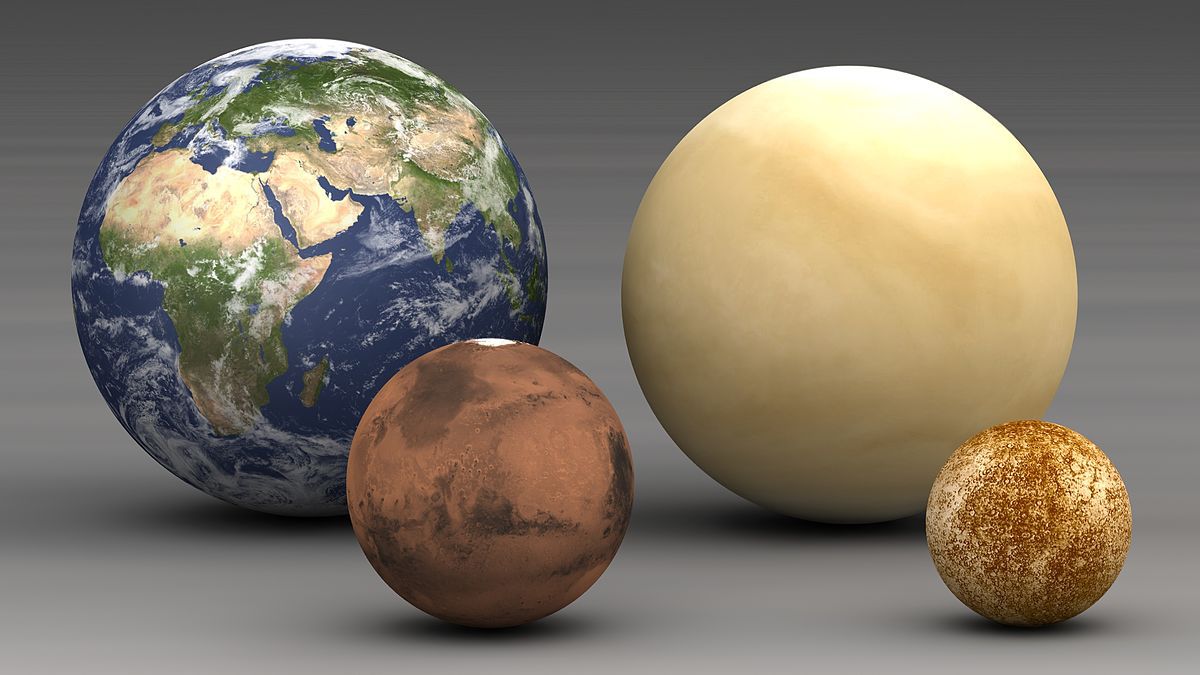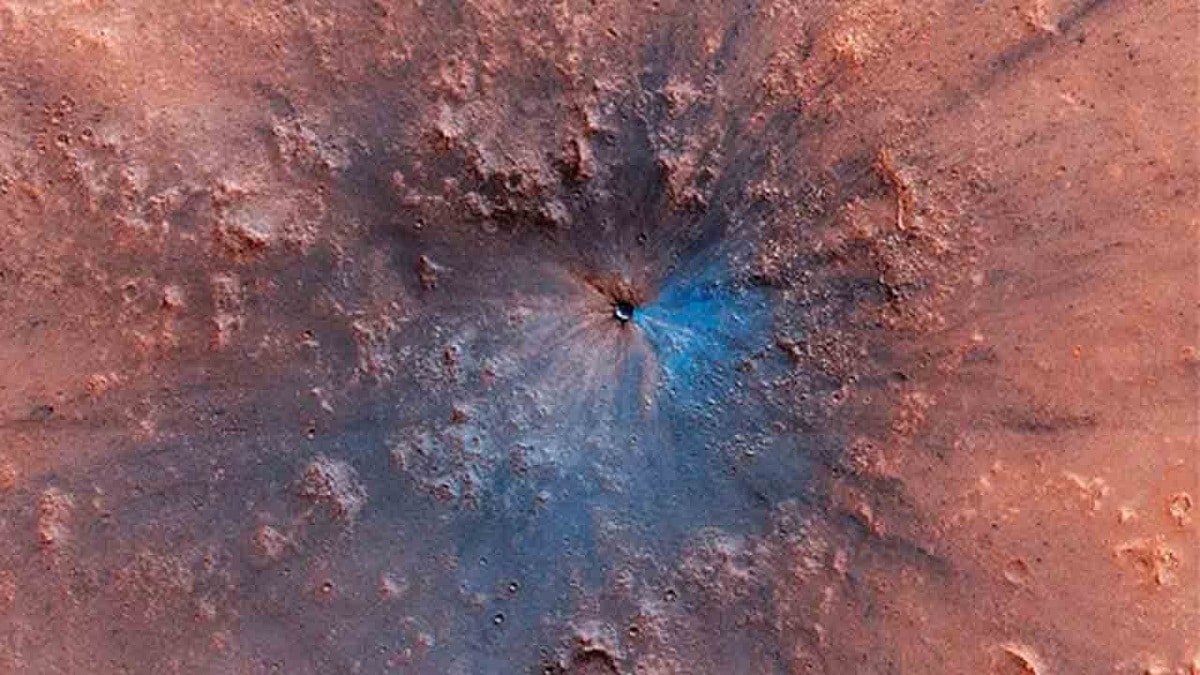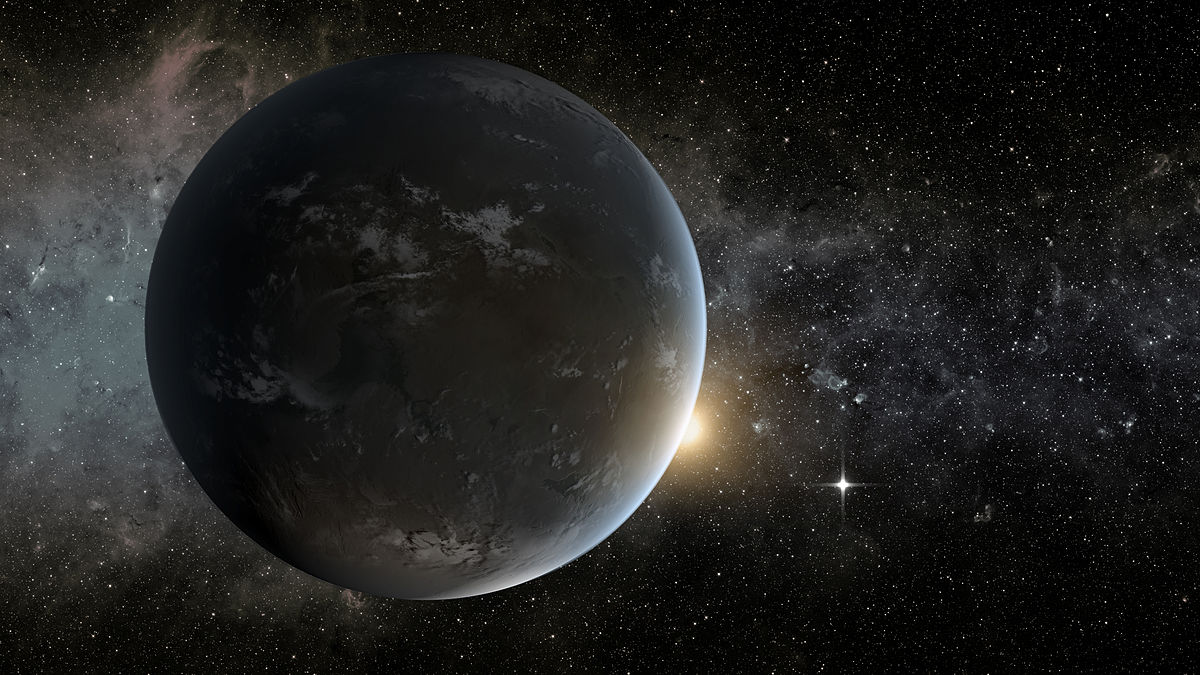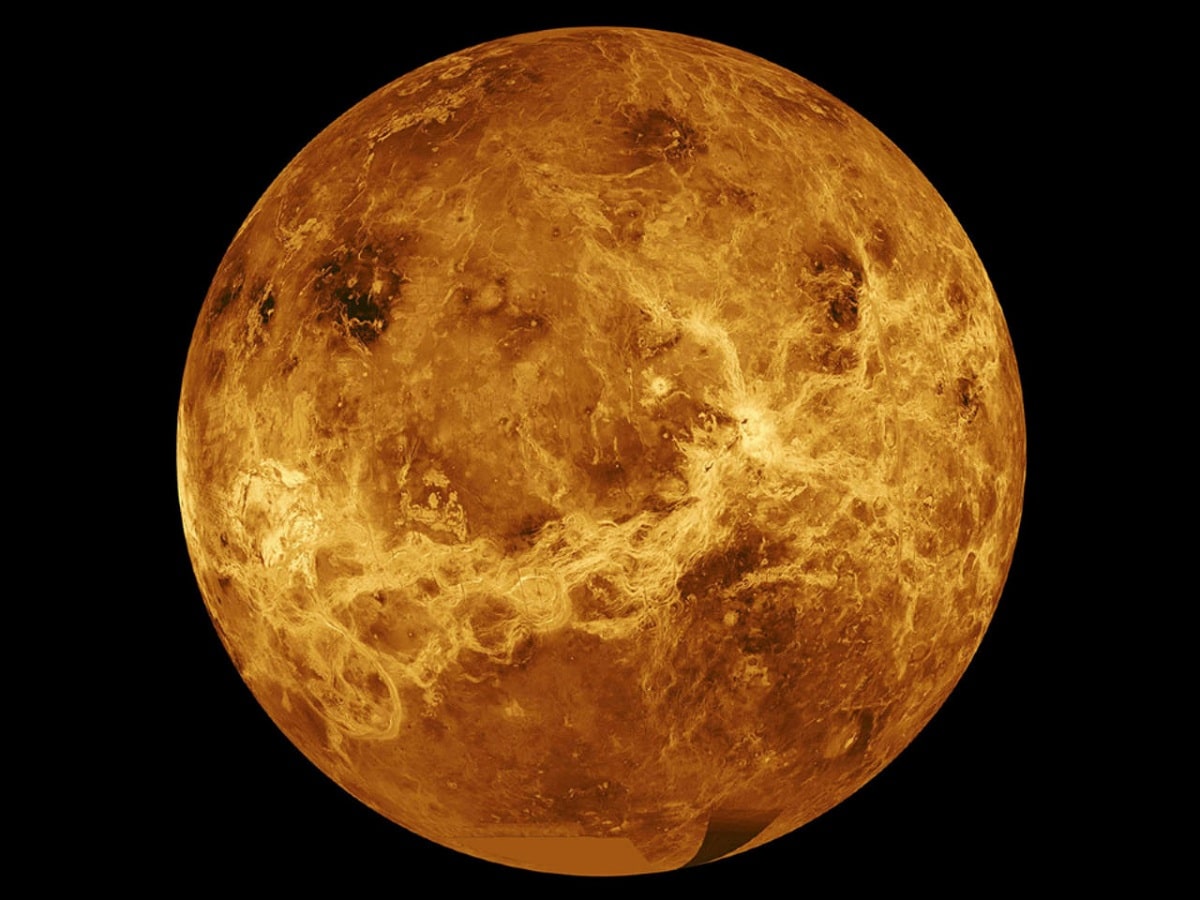
We know that there are two types of planets in the solar system. On the one hand, we have the gaseous planets which are composed of a rocky core and a large atmosphere made up of gas. On the other hand, we have the rocky planets. Today we are going to talk about these types of planets and their classification. There are many ways to classify planets, but we are going to focus on this one.
In this article we are going to tell you all the characteristics and classification of the rocky planets.
Characteristics of rocky planets

All these planets revolve around the sun and there are 4. They are also named after terrestrial or telluric planets of the solar system. These 4 planets are as follows: Mercury, Venus, Earth and Mars, respectively in the order according to their proximity to the Sun. They are also called inner planets because they are within the asteroid belt. This is a dividing line that divides the rocky planets from the gaseous ones. It is essential to know what characteristics make a planet have a rocky composition. The answer is that they are formed mainly by silicates.
Silicates are the most abundant minerals that exist and have great geological importance. This is because they are petrogenic, which means that they are the minerals in charge of forming rocks. It is noteworthy that rock and mineral are not the same. The main way to differentiate rocky from gaseous planets is on their surface. Quite the opposite of gaseous planets, rocky planets have a mostly solid surface. The only planet found on rocky planets and has a liquid surface part is our planet.
Importantly, they share a common structure under the surface. They all have a metallic core that is mostly made of iron. They also have a series of layers composed of silicates that surround the inner core. They all have something in common and it is a compact rocky surface and it is the reason why all these planets are said to have a terrestrial surface.
All of them have a very high selection of matter which means that it gives rise to products such as uranium, thorium and potassium. They also have unstable nuclei that cause phenomena such as radioactive fission. It is precisely this activity that generates volcanism and important tectonic processes. All rocky planets have plate tectonics similar to planet Earth.
Rocky planets of the solar system

We are going to list which are the rocky planets of the solar system and their main characteristics. The order will be based on the proximity to the sun.
Mercury
It is the planet that orbits closest to the sun. In addition, it is the smallest in the entire solar system. It is larger in size than the moon but we cannot understand what it would be like to live here. The entire surface is rocky. If we lived there, we could look up to the sky and see that everything is different. First of all is the sun would appear to us two and a half times larger in size. Although the sun is closer to Mercury, the sky would always be black since it does not have an atmosphere that serves to scatter light as it happens on Earth.
A curious fact about this planet is that it rotated very slowly on its axis despite being smaller. And it takes 58 and a half days to turn on its axis. He used to do it faster, but the constant influence of the proximity of the sun has been slowing him down. It has no satellites.
Venus

It is the second closest planet to the sun in the solar system. It has similar characteristics to the Earth because it has a similar mass, density and volume. One of the things that differentiates us is that the former has no ocean. It has a dense atmosphere that causes a high greenhouse effect that raises average temperatures to 480 degrees. This makes life as we know it unable to develop. It should be noted that this planet rotates very slowly on its own axis. The day on Venus lasts more than a year.
Another curious fact is that, when it rotates, it does so in the opposite direction from the rest of the planets. For this reason, on Venus the sun rises in the west and sets in the east.
Earth
It is our planet and it is the third closest to the sun. It is the only one known to this day that is inhabited. Its specific location is what helps us to have ideal conditions to create life. This area is known as the ecosphere and it is the space that surrounds the sun that meets all the appropriate conditions for life to exist.
As we know, our planet is made up of different layers of gases that make up the atmosphere. These gases can filter the sun's rays and prevent the surface from getting too hot during the day or getting too cold at night. It can also scatter light and absorb heat, creating a greenhouse effect just enough to maintain stable temperatures. One thing to note about our planet is that 7 out of 10 parts is made up of water. Actually, it is the seas and oceans that also help regulate the temperature of the environment. Thanks to the water cycle, life is created.
Mars
It is the last furthest planet within the rocky planets. It is known as the red planet for its tone. It has a very fine atmosphere and is made up mainly of carbon dioxide. This carbon dioxide freezes alternately at each of the poles. It also has water but only 0.03%. This makes it a thousand times less than the amount of water on Earth.
Various studies show that this planet had a more compact atmosphere with clouds and precipitation that formed rivers. All this is deduced given that on its surface there are grooves, islands and coasts. By having large differences in temperature, it causes very strong winds. Soil erosion helps form dust and sand storms that it is degrading the surface of the planet more and more.
I hope that with this information you can learn more about rocky planets and their characteristics.